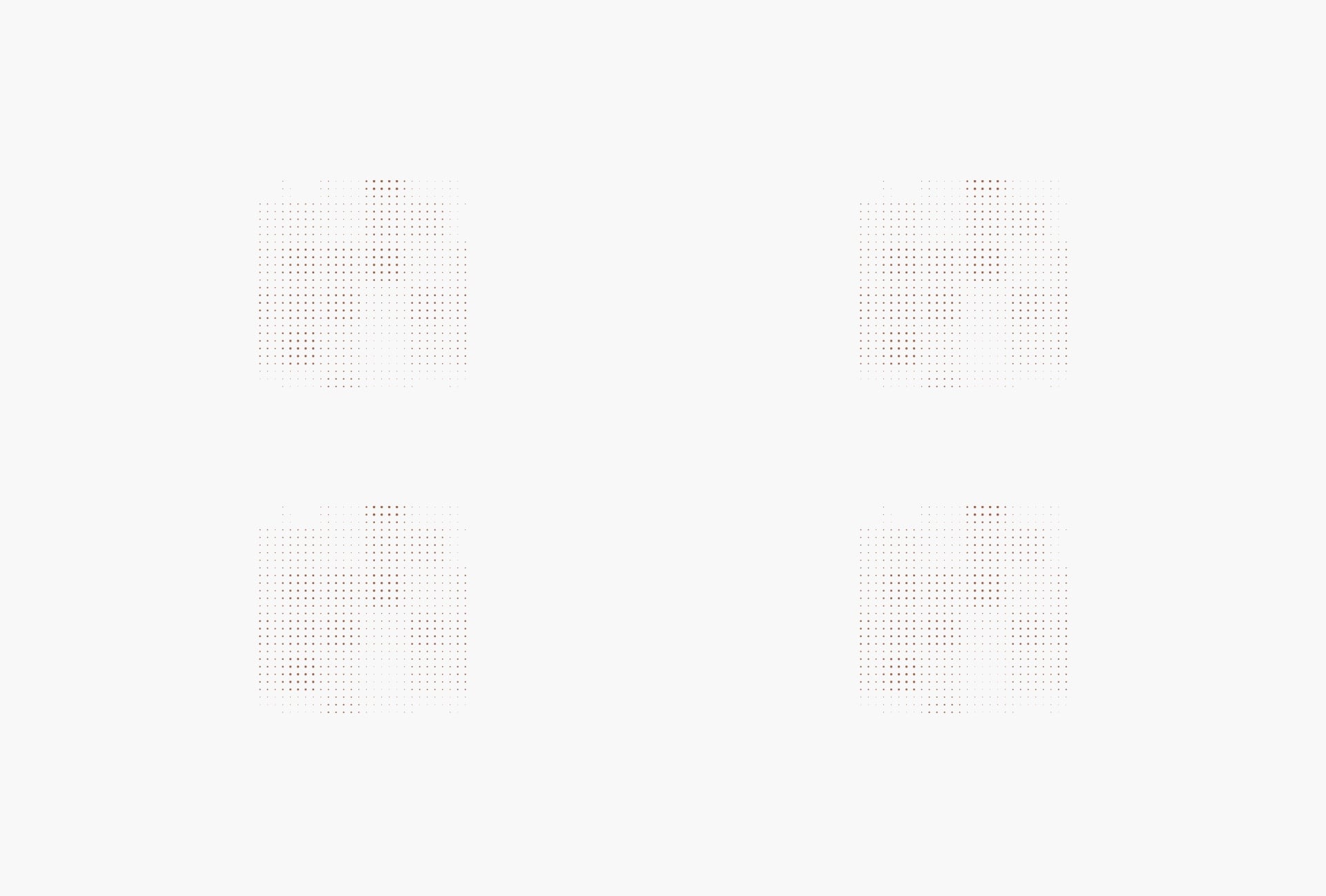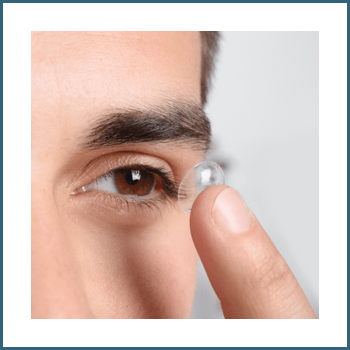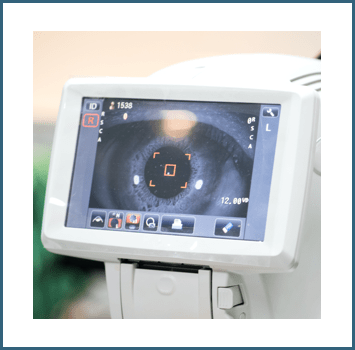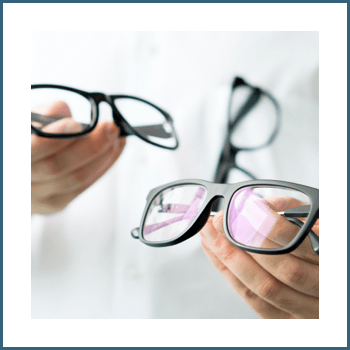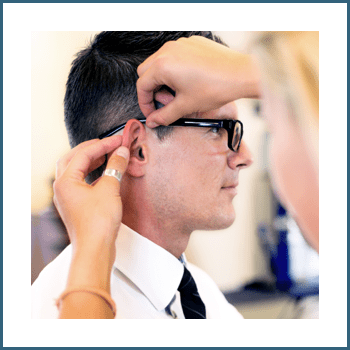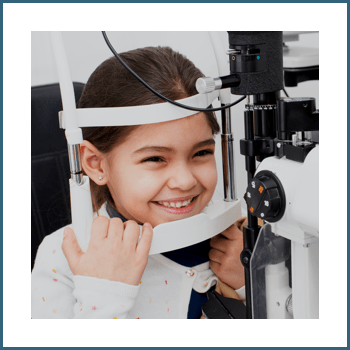Our Imaging Technology
Eye examinations can involve various types of assessments. Although some can be performed with the naked eye, we can see more when we take advantage of diagnostic technology. Westmount Optometrists uses advanced imaging technology to improve diagnostic accuracy and support our eye care recommendations.
We’re dedicated to earning your trust and confidence, and we build our patients’ trust by providing high-quality eye care. Our technology is a part of how we put our patients first.
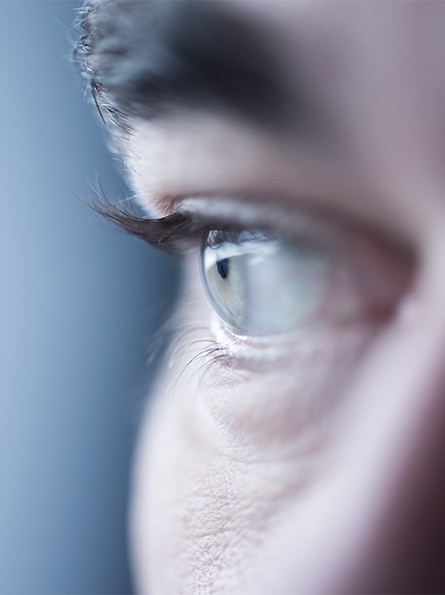

What Is Retinal Imaging?
While there are a few essential diagnostic technologies in every optometrist’s office, retinal imaging is crucial for learning about structures inside the eye. Retinal imaging takes detailed pictures of the retina, optic nerve, and blood vessels in the back of the eye.
Although everyone can benefit from monitoring inner eye structures, retinal imaging can be an effective tool for diagnosing eye diseases. Retinal imaging can help optometrists diagnose:
- Diabetic eye disease
- Glaucoma
- Macular degeneration
Retinal imaging is noninvasive and painless. By taking images regularly, we can track changes to eye structures and develop treatment plans based on up-to-date information.
Optical Coherence Tomography
Optical coherence tomography (OCT) is an imaging test that uses light waves to create high-quality, cross-section pictures. Detailed images can provide more accurate measurements of the retina and eye structures. OCT can help evaluate disorders affecting the retina and optic nerve.
An OCT scan is a noninvasive test requiring pupil dilation. The scan typically takes between 10–15 minutes.
Some eye conditions that OCT can help diagnose include:
Digital Fundus Imaging
The fundus is the back surface of the eye and it includes the retina, macula, optic nerve, fovea, and blood vessels. Fundus imaging uses a low-power microscope to photograph the interior surface and back of the eye.
Digital fundus imaging is a noninvasive test and can be completed in a few minutes. As the images are taken through the pupil, pupil dilation is necessary to provide the camera with a better opening to look through.
Some conditions that digital fundus imaging can help diagnose include:
- Age-related macular degeneration (AMD)
- Colour vision deficiencies
- Diabetic retinopathy
- Eye cancer
- Glaucoma
- Optic atrophy (eye nerve damage)
Regular Imaging Can Benefit Eye Health
Many eye diseases and conditions develop over time. With imaging technology, we can see the fine details, monitor minor changes, and make recommendations based on accurate information.
At regular eye examinations, we use our advanced eye imaging technologies to keep our knowledge up-to-date. Visit us for regular appointments so we can see your eye health more clearly.

Frames We Love!





Where To Find Us
At the corner of Springbank Drive and Wonderland Road, our clinic offers plenty of parking out front.

Our Address
- 585 Springbank Dr.
- London, ON N6J1H3
Talk to Us
- Phone: 519-472-0210
- Email: [email protected]
Our Hours
- Monday: 8:00 AM – 7:30 PM
- Tuesday: 8:00 AM – 7:30 PM
- Wednesday: 8:00 AM – 7:30 PM
- Thursday: 8:00 AM – 7:30 PM
- Friday: 8:00 AM – 5:00 PM
- Saturday: Closed
- Sunday: Closed
Read Our Blog
What Are Myopia Glasses?
Children’s Eye ExamThese eyeglasses use specially designed lenses that cause light to focus on the eye in a way that slows myopia progression in children.
[…]
Dry Eyes or Allergies: How to Identify the Cause of Your Eye Discomfort
Contact Lenses, Digital Eye Strain, Dry Eye, Eye Care, Eye Exams, Eye HealthThe key difference? Dry eyes are typically caused by poor tear production or when your tears evaporate too quickly, while eye allergies result from your immune system reacting to allergens like pollen or dust. The symptoms may overlap, but the causes—and treatments—are very different.
[…]
How Do You Know if Sunglasses Are Polarized?
SunglassesOne of the easiest ways to determine if your sunglasses are polarized is by using the reflection or screen test. […]
What Are Myopia Glasses?
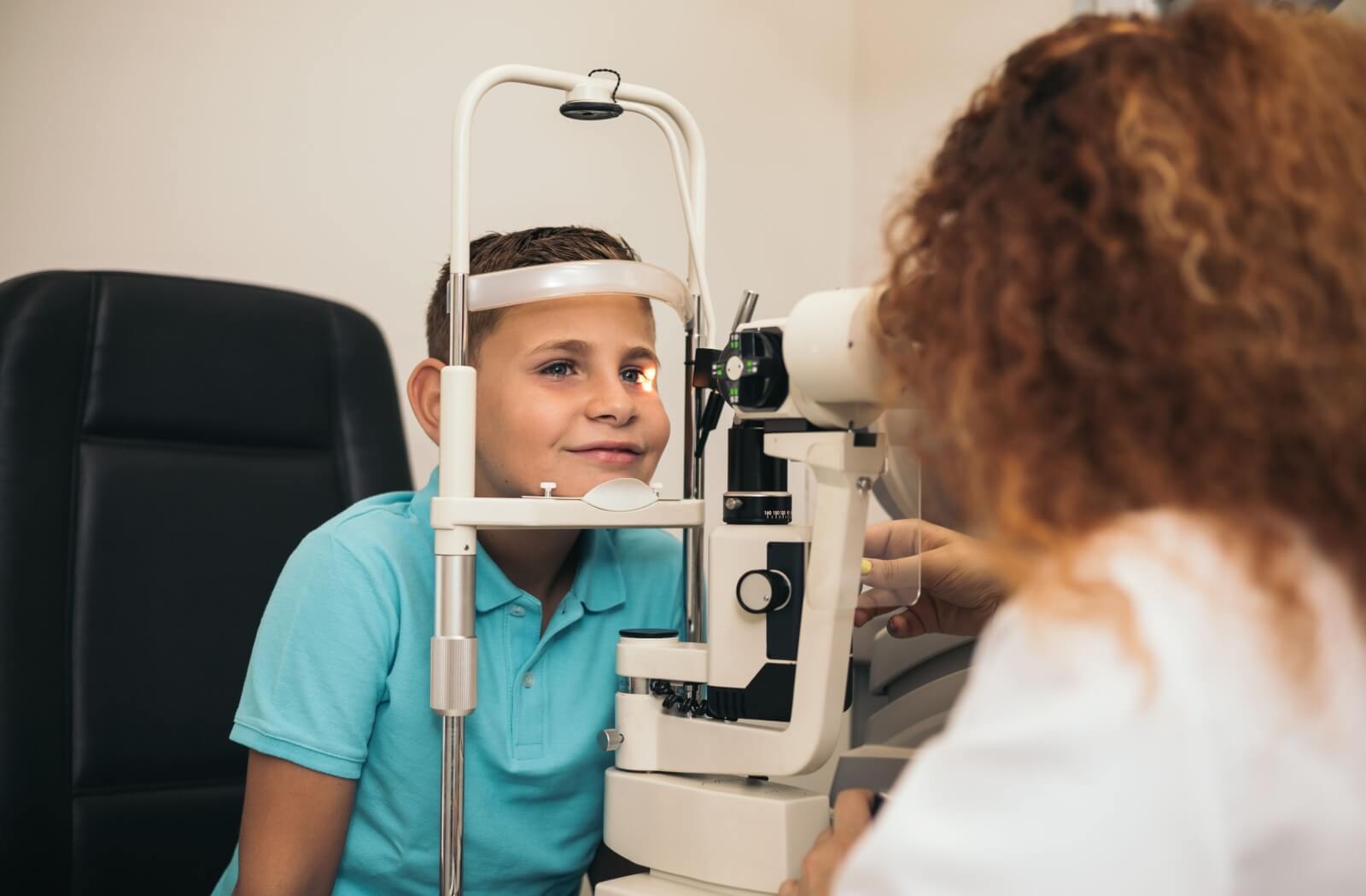
These eyeglasses use specially designed lenses that cause light to focus on the eye in a way that slows myopia progression in children.
[…]
Dry Eyes or Allergies: How to Identify the Cause of Your Eye Discomfort

The key difference? Dry eyes are typically caused by poor tear production or when your tears evaporate too quickly, while eye allergies result from your immune system reacting to allergens like pollen or dust. The symptoms may overlap, but the causes—and treatments—are very different.
[…]
How Do You Know if Sunglasses Are Polarized?

One of the easiest ways to determine if your sunglasses are polarized is by using the reflection or screen test. […]


